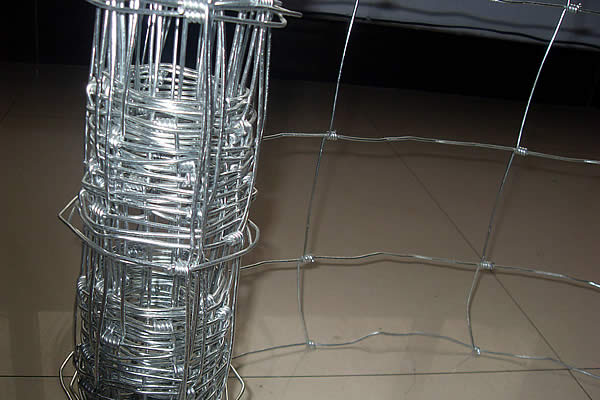 TEL:
+86-13102802206
TEL:
+86-13102802206
 Email:
fencenetting@china.com
Email:
fencenetting@china.com
 Language
Language
 TEL:
+86-13102802206
TEL:
+86-13102802206
 Email:
fencenetting@china.com
Email:
fencenetting@china.com
 Language
Language


The Versatility of Stainless Steel Suspension Wire
Stainless steel suspension wire is a remarkable product that combines strength, durability, and aesthetics, making it an ideal choice for a variety of applications in different industries. Its unique properties have led to an increase in its popularity in recent years, especially in architectural design, marine environments, and industrial applications.
What is Stainless Steel Suspension Wire?
Stainless steel suspension wire is a strong, flexible wire made from stainless steel alloy. The composition typically includes iron, carbon, and a minimum of 10.5% chromium. This combination provides the wire with excellent corrosion resistance, ensuring that it remains intact in various environmental conditions. Typically manufactured using processes such as drawing and annealing, this wire is available in different gauges and lengths to suit various needs.
Applications in Architecture
One of the most prominent applications of stainless steel suspension wire is in the field of architecture. Its sleek appearance and tensile strength make it an excellent choice for cable-stayed structures, canopies, and suspension bridges. The wire can provide the needed support for these constructions while maintaining a modern aesthetic.
Additionally, stainless steel wire is often utilized in decorative applications. For example, it’s commonly used in the construction of railings, balustrades, and facades. The wire can be tensioned and configured in various patterns, creating visually stunning designs that are both functional and appealing. It complements glass panels beautifully, allowing light to filter through while ensuring safety.
Marine and Coastal Applications
Given its resistance to corrosion, stainless steel suspension wire is a preferred material for marine applications. It can withstand the harsh conditions of saltwater environments, making it ideal for use in boat rigging, mooring lines, and nautical architecture. For instance, marinas and docks employ stainless steel wire for safety lines and railings due to its strength and longevity.

Furthermore, it is also used in the construction of offshore structures, where exposure to water and wind presents unique challenges. The durability of stainless steel ensures that these structures can endure harsh marine environments, reducing maintenance costs and increasing safety.
Industrial Uses
In industrial settings, stainless steel suspension wire serves a multitude of purposes. It is commonly used for lifting and rigging applications in warehouses and construction sites. The wire’s high tensile strength allows it to handle heavy loads easily, making it a reliable choice for cranes and hoists.
Moreover, stainless steel wire is often employed in manufacturing processes, particularly in the automotive and aerospace industries, where durability and reliability are of utmost importance. It is utilized in various components such as cables, springs, and other machinery parts that require resistance to wear and tear.
Benefits of Stainless Steel Suspension Wire
The advantages of stainless steel suspension wire extend beyond mere strength and durability. Its resistance to rust and staining makes it low-maintenance, a significant benefit for both residential and commercial properties. Additionally, stainless steel is 100% recyclable, making it an environmentally friendly option for those looking to reduce their ecological footprint.
Its aesthetic appeal adds another layer of benefit. Stainless steel has a modern, polished look that can enhance the visual appeal of any project. Whether it is used as a supporting element in construction or as a decorative feature, the wire blends seamlessly into various design styles.
Conclusion
In conclusion, stainless steel suspension wire is a versatile material with applications that span architecture, marine environments, and industrial uses. Its combination of strength, corrosion resistance, aesthetic appeal, and recyclability makes it a preferred choice across multiple sectors. As industries continue to evolve, the demand for high-quality materials like stainless steel suspension wire will undoubtedly increase, helping to facilitate innovative design while ensuring safety and efficiency. Emphasizing its advantages can lead to smarter, more sustainable practices in engineering and design.